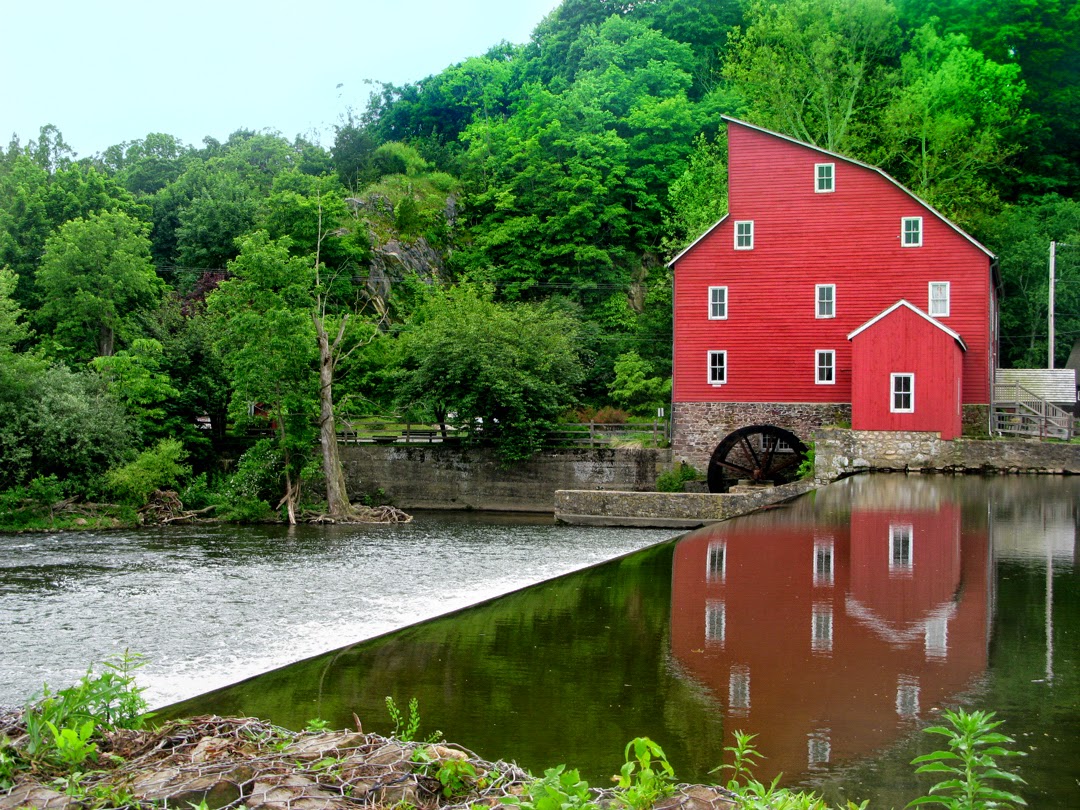There is much debate about the benefits and detriment of using lens filters. Why place another layer of glass between the lens and the world? That's like shooting through a window all the time. But, could it be a matter of how good the filter is, and not the adding on? Today's filters are not just uncoated window panes, are they?
So, I conducted a practical experiment. You'll find five pairs of photographs below. One from each pair was shot through a filter. Depicted are multi-colored everyday scenes on a cloudy day. No studio shots.
I will not suggest to you which photographs in each pair were taken with a filter. That would be planting a seed in your mind; creating biases is what I want to avoid.
The filter used was Digital HGX 49mm UV, Code 6507. Hoya manufactured this $60 filter. It contains their gunk-resistant "Repellamax" and 16 layers of coating. Internal reflection from the camera sensor minimized. All these photographs are JPGs, and straight out of the camera. No post-shooting editing was performed. The camera was Leica M 240 in aperture priority. The lens was Elmarit 28mm f2.8.
Settings remained the same in both photographs. In the first pair, take note that the sun entering the room weakened. The second photo of that pair consequently is darker. In all cases, concentrate on resolution and color renditioning. Did they suffer or remained the same? Are the photographs even better with the filter on?
If you can't consistently and with absolute certainty tell which ones didn't have a filter, then using good quality filters does not harm your photographs. That's why I don't need to tell you the answer. If you are unable to distinguish the two with authority, you might as well protect your valuable lens as soon as possible by using a filter. My filter will stay on. Keep in mind that for all the arguments about filters being detrimental to the photographs, well, so is a scratch on the lens.




























